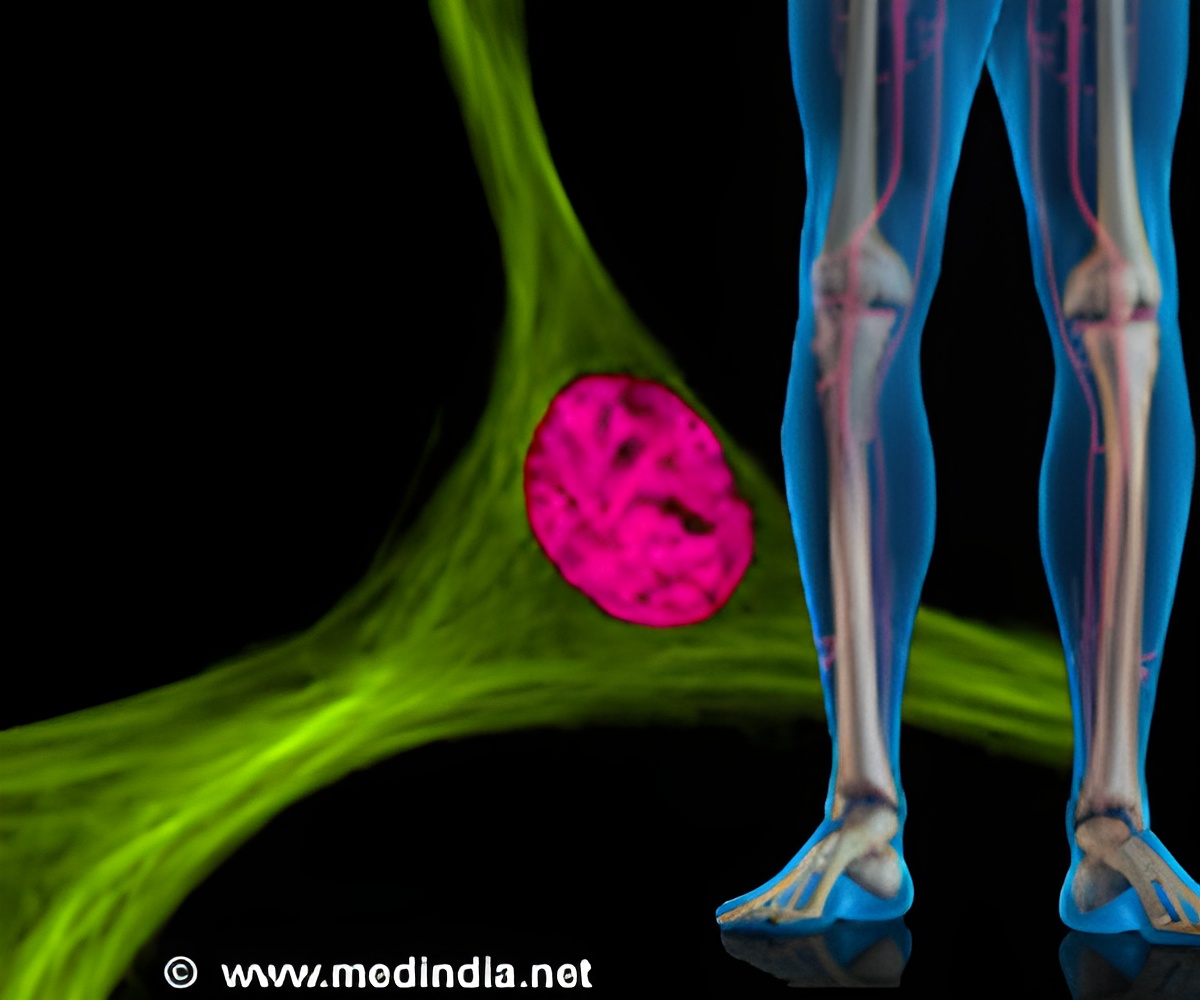
‘Calcium is the integrating signal, which at the right time and place of development, mediates the reactions required to build the bone where it should be built. They could help regenerate bones missing in congenital skull disorders.’
Tweet it Now
In the craniofacial disorder TCS, for example, the embryo does not form a structure called the neural crest, from which the jaws, inner ear and numerous other bones in the head and face develop.The finding, came from study of the signals that tell undifferentiated stem cells in the very early embryo to mature into bone cells.
Rape hopes that basic research to pinpoint the key signals that trigger proper bone growth. One option could be the implantation of a biodegradable matrix seeded with bone cells called chondrocytes, which would then be stimulated to release collagen, the blueprint for bone growth. The new findings suggest that stimulating collagen release with calcium would also trigger proper bone growth.
"You would basically add calcium to cells on those support structures, which is fairly easy, and motivate chondrocytes to secrete the collagen that is needed to build a bone structure on top of that support," said Rape, the Dr. K. Peter Hirth Chair in Cancer Biology in the Department of Molecular and Cell Biology and an investigator at the Howard Hughes Medical Institute. "That would be exciting, but it is very much in the future. Nevertheless, this might become a possibility the more we understand about how cells make their decisions."
The finding could also explain how messing with the body's calcium levels during pregnancy can cause facial deformities such as those associated with fetal alcohol syndrome.
Advertisement
"This means is that you basically have many different steps that come together in order to form a bone, and that they are beautifully orchestrated by calcium," Rape said. "Calcium is really a sort of integrating signal, which is there at the right time and place in development to allow the developing organism to set in motion a whole series of reactions to build the bone where it should be built. It is a very beautiful idea that you don't need a lot of different signals to come together, but you use one that really pops into place the right sequence of events."
Advertisement
Source-Medindia















